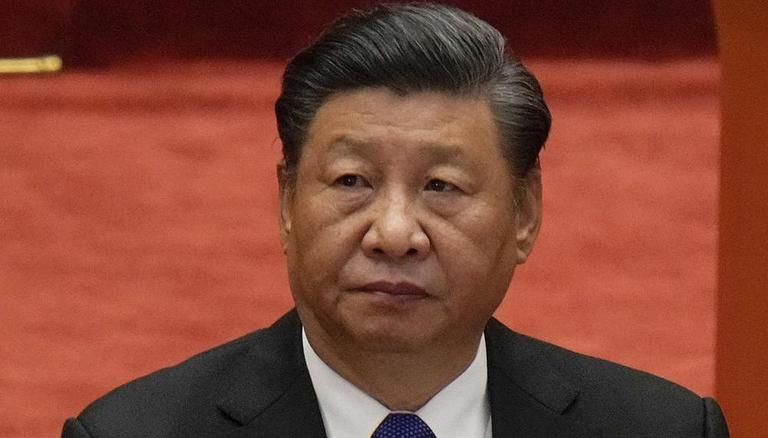Systematic growth of China’s Defence Budget
President of China, Xi Jinping recently ratified the new guidelines aiming to regulate the procurement of military equipment contracts to strengthen the efficacy of China’s acquisition procedure.
The guidelines comprising of 35 articles in six chapters came into force on 20th March and are titled ‘Interim provisions on the supervision and administration of military equipment procurement contracts’
The official News Agency of China Xinhua News quoted that the new rules will ensure a growth in “quality and efficiency” of the Military Procurement process of China. There will be a new content and supervision arrangement for the management of the procurement of equipment.
Just a few weeks ago on March 5th, the opening day of the fifth annual session of the 13th National People’s Congress, China announced its defence budget for 2022.
The new budget projects defence spending growth of 7.1% this year. As per a report released by the Ministry of Finance, the military expenditure of China is expected to rise to $229 billion this year.
While presenting the budget, Premier Li Keqiang to the National People’s Congress (NPC), said that PLA needs to be ready to undergo military struggles to defend China’s political and security interests. The hike in the defence budget comes amidst China’s growing show of power in the Indo Pacific region. Persistent investment in defence has shifted the tip of the military balance in the region in China’s favour.
This budget announcement also came a month after the US revealed its much-anticipated Indo-Pacific strategy to ward-off China’s increasing military and economic influence.
While the defence budget gives a total figure allocation, it reveals no specific details about actual defence expenditures. In comparison to other democracies, China has always been hush-hush about how it apportions its military spending.
Analysts say that the real numbers of military spending heavily surpass the official figure announced every year at the legislative meeting as the figures do not take into account the R&D expenditures.
Moreover, the said budget does not account for all defence activities carried out by China. The Chinese Coast Guard, which is a chief player in asserting China’s maritime claims and the People’s Armed Police which is in charge of maintaining internal security and assisting the military in times of war are excluded from the budget. This somehow makes the whole budget estimate skewed.
Since President Xi Jinping took to power in 2012, China’s military development and modernisation have been the prime goals for the country. Over the decade, President Xi has targeted extensive reforms in the military, including scaling down the army and upgrading the involvement of air and navy forces.
The military spending of China in the last decade has outpaced the annual GDP growth by a good margin indicating that the defence takes more priority in China’s manifest than the national development.
Beijing continues to prioritize splurging on the military advancement of the PLA. The consistent yearly rise in defence budget expenditure underscores that the People’s Liberation Army is essentially a political unit, one which Jinping utilises fully to strengthen China’s military influence globally, ultimately driving the country to the leaders’ goal of making it a world superpower.
China aspires to be the strongest and unassailable blue water navy by 2050. As China increases its defence spending, there’s a growing risk of conflict with a possibility of China emerging more emboldened and striving to unilaterally reshape the global state of affairs by dint of threats and violence.
China and India have been in a long-standing border dispute. Beijing deploys an aggressive encirclement strategy to intimidate and threaten its neighbouring nations. Last year in May, China acquired the Colombo Port, a major terminal in the Indian Ocean, adjoining it into Chinese sovereign territory. It also modernised Pakistan’s Gwadar port in the Arabian sea.
Beijing is also engaged in heavy face-offs with the US in the disputed South China Sea and over Taiwan which China pledges to coalesce with the mainland. With China’s growing influence, the US is putting in efforts to strengthen its alliance network in Asia.
China has refrained from deploring the Russian attack on Ukraine and it might be an indication of Beijing’s similar plans of military invasion in Taiwan, a democratically ruled island that China claims as its own.











